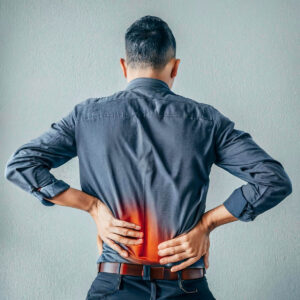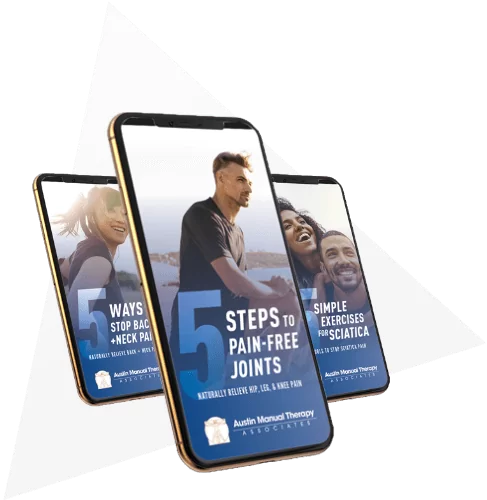Pain is a common occurrence. Except for those rare individuals who have no sense of pain, everyone else will experience some sort of physical discomfort in their lifetime. According to data synthesized from information provided by The Manual Therapy Institute and Physiotherapist David Butler, the simple concept that tissues must be injured to cause pain is the most commonly held belief as to its source and has been around for centuries. But recent research shows that the source of pain may be from a multitude of other factors, rather than automatically associating it with tissue injury.
Sure, tissue injury in the body causes physical pain, but it is hardly the entire spectrum. When information is sent from the injured area of the body to the brain, it is simply received as “danger”, or “no danger”. It is not necessarily perceived as what we think is “pain”. The brain analyzes the significance of the signal and then “decides” if it warrants further attention, or if the signal can be dismissed.
Prolonged and repetitive pain experience over time causes the spinal cord to get more efficient at sending this “danger” signal to the brain, instead of simple sensory information. This means the “threat” message is more easily and frequently delivered, even if there is no threat. If this process goes on long enough, without being checked, any type of touch stimulus may eventually be perceived as a danger, even if the stimulus is intended to be comforting and soothing.
The brain then has a hard time keeping up with the demand for more and more endorphins to be released to control this ever-increasing “threat” surplus. The brain is overrun by this constant influx of nociception. This phenomenon can be part of the clinical picture of many physical disorders such as Fibromyalgia, Complex Regional Pain Syndrome, and other autoimmune disorders. The vague pain distribution (sometime subtle and sometimes intense) is characteristic of what is now identified as Central Sensitization Syndrome.
As Fellowship-trained Manual Therapists, we at Austin Manual Therapy have the training and skill to help most everyone manage these often intrusive and unrelenting pain symptoms. Give us a call at (512) 832-9411 to discuss ways we may be able to help anyone whose life is interrupted by any type of pain experience.
James T. Harris, PT, DPT, OCS, FAAOMPT





